Mowing new sod can be an invaluable way of ensuring the health of your grass. It may seem like a daunting task but with proper knowledge and preparation, it can be easily done.
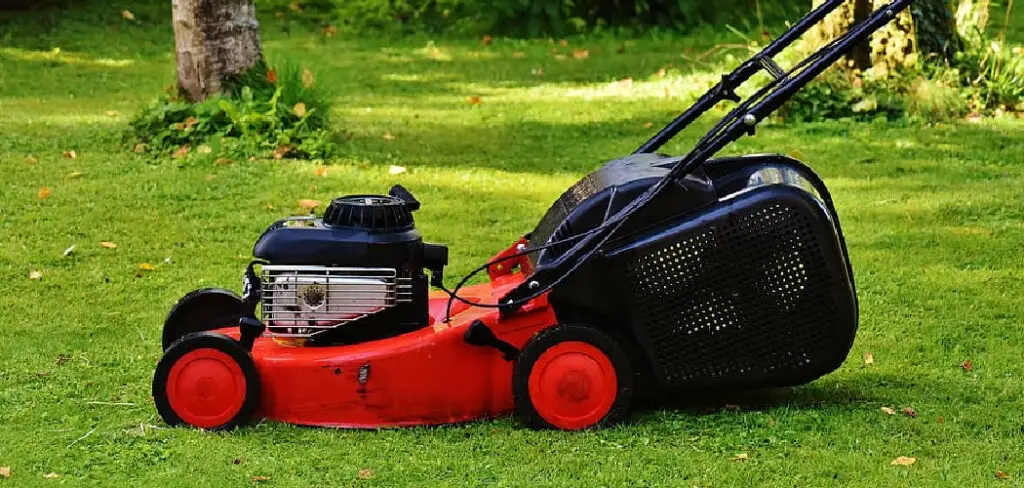
The following steps will help guide you on how to mow new sod successfully in order to benefit its long-term vitality. You’ll learn about the best times for mowing, ways to safely do it without causing damage or stress (to your lawn or yourself!), as well as other tips that could come in handy. So if you’re ready to take on this process, read on!
Having a beautiful, green lawn is the goal of many homeowners. If you are just starting out with a new yard and are looking for tips on how to mow your new sod correctly, then this post is for you.
Cutting grass improperly can cause damage to the lawn, so it’s important to understand the correct procedure before breaking out the lawnmower. Read on as we cover all of the things you need to know about how to mow new sod– from preparing properly beforehand up to getting that perfect finish afterward!
Why is It Important to Mow New Sod?
1. For Healthy Grass
One of the main reasons to mow new sod is to promote healthy grass growth. When the grass blades are too long, they can become weighed down and suffer from fungal diseases. Mowing helps maintain an even canopy of grass that will be able to capture sunlight and air circulation evenly.
2. For Uniformity
Mowing also encourages uniformity in your lawn. If you don’t mow, some areas of the lawn can become overgrown and patchy. By mowing, you will keep all the grass at a consistent height and shape, giving your lawn an even appearance.
3. For Weed Control
Mowing your new sod is also important for weed control. Since the turfgrass is still young, it won’t be as effective at crowding out weeds. Mowing helps reduce the competition from these weeds so that your grass will have a better chance of taking over.
In conclusion, mowing new sod is an important step for promoting healthy grass growth and uniformity in your lawn, as well as controlling weed growth. When you start mowing, be sure to set the mower blades at the height of around two inches and gradually increase the cutting height as your grass grows.
This will help protect your lawn from damage and infections caused by too-short grass blades. With proper mowing and care, you can enjoy a beautiful lawn for years to come.
How to Mow New Sod in 5 Easy Steps
Step 1: Gather All The Materials

The very first step is to gather all of the necessary materials. This includes your mower, a healthy lawn fertilizer, a soil test kit (if you plan on using it), and some protective gear such as gloves. So make sure you have gathered all the materials you need.
Step 2: Prepare the Area
Once you have gathered the necessary materials, you’ll need to prepare the area for mowing. Also, mark off the area you will be mowing. Make sure to remove all obstacles that could interfere with the cutting process.
Step 3: Test The Soil
If you plan on using a soil test kit, now is the time to take an accurate reading of your soil’s pH balance for optimal growth and development of your new sod. You have to make sure that you are doing it carefully.
Step 4: Mow Time!
Now that you have all the materials and the area is ready, it’s time to mow. Start by setting your mower to its highest setting and slowly move along in straight lines. Make sure not to overlap any areas, as this can cause uneven cutting. Once you have finished, lower the mower height and repeat the same process.
Step 5: Fertilizing The Sod
After mowing, it’s time to add some fertilizer to your new sod. This will help promote healthy root growth and give your grass a beautiful green hue. Make sure you apply the fertilizer in even amounts across the entire area. Finally, water the area to ensure even coverage.
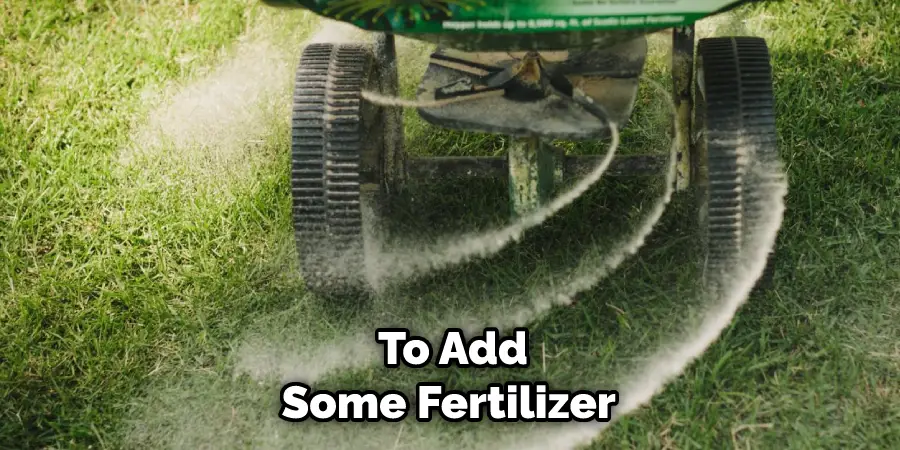
By following these easy steps, you’ll be able to mow new sod quickly and easily. With a little bit of preparation and care, your lawn will look beautiful for years to come!
Some Additional Tips to Mow New Sod
1. Do Not Mow Too Low
The first few times you mow new sod, don’t mow too low. Keeping the grass a bit longer will help protect the fragile root system and encourage deep root growth. Also, you have to make sure not to scalp the sod.
2. Use Sharp Blades
When mowing new sod, make sure you’re using sharp blades so that you can create a clean cut without tearing or damaging the grass. A sharp blade also helps reduce stress on your mower, as well as improve the overall look of your lawn.
3. Mow at the Right Time of Day
Mowing in the evening or early morning can help reduce stress on your grass, as well as minimize heat and water loss from evaporation during peak hours of the day. Additionally, try to avoid mowing in the heat of summer when your lawn is dry.
4. Water After Mowing
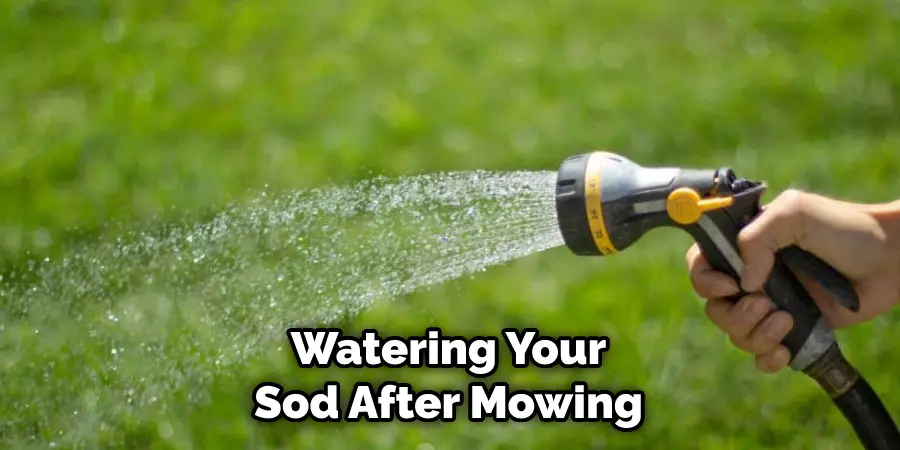
Watering your sod after mowing helps to reduce stress and promote deep root growth. If you can, try to water the sod in the morning instead of later in the day as this will help ensure that the grass gets enough water before its leaves begin to droop in the heat of the afternoon.
5. Fertilize Regularly
Fertilizing your new sod regularly can help ensure that it gets the nutrients and minerals it needs to thrive. Make sure to use a fertilizer specifically designed for newly laid sod and follow the directions on the label.
Following these tips will help keep your new sod looking fresh and vibrant as you begin to establish a healthy lawn. With the right maintenance, you can make sure your sod continues to thrive for years to come.
Frequently Asked Questions
What Precautions Should I Take When Mowing New Sod?
When mowing your new sod, it’s important to take the following precautions: Set your lawnmower blade height to the highest setting. This will help protect newly developing roots from being damaged.
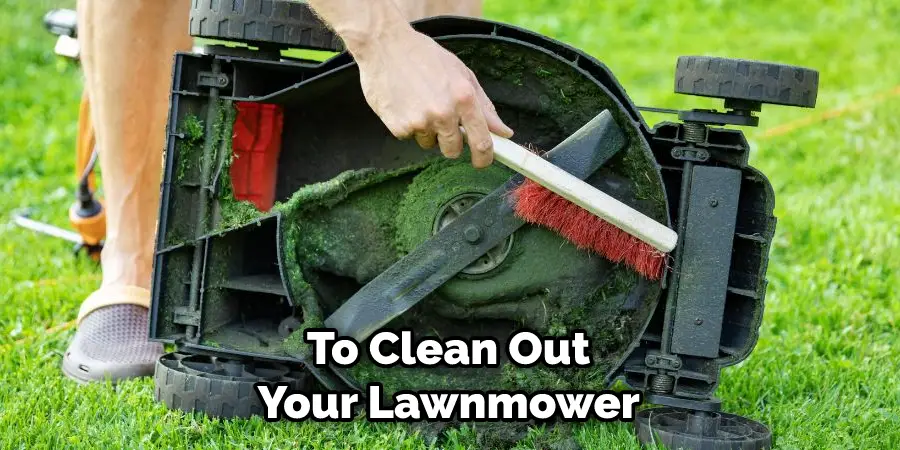
Make sure that you overlap each pass as you mow so that you don’t leave any areas unscythed. Don’t mow when the grass is wet or frozen, as this could damage your new sod. Finally, make sure to clean out your lawnmower after each use to prevent debris from clogging it up and making it difficult to operate.
How Often Should I Mow My New Sod?
Once your new sod has been mowed for the first time, you should wait two to three weeks before mowing again. This will give the roots of your new turf time to properly establish themselves. Once established, you should typically mow your sod once a week, making sure to adjust the blade height according to how much growth has occurred since your last mow.
How Long Does It Take for Sod To Establish?
It typically takes sod between one to three months to properly establish itself. During this time, make sure to water your sod regularly and be mindful of how often you mow it. By following these guidelines, you will help ensure that your new turf is well cared for and healthy.
What Type of Lawn Mower Should I Use for New Sod?
When mowing your new sod, it’s best to use a rotary mower with sharp blades. This will help minimize the damage caused to the new turf and ensure that it is properly cut.
Additionally, make sure that your lawnmower has an adjustable deck height so that you can adjust the blade height as needed. By following these tips, you can make sure that your new sod is properly maintained and healthy. With the proper care, your newly established turf will remain lush and beautiful for years to come!
What Are Some Common Mistakes People Make When Mowing New Sod?
One of the most common mistakes people make when mowing new sod is not setting the blade height to the highest setting. This can lead to damage of newly developing roots and thinning of your turf.
Additionally, people may not overlap each pass when mowing, which can leave patches of grass that are uncut. Finally, some people forget to clean out their lawnmowers after each use, which can lead to clogging and difficulty in operating the mower.
By avoiding these mistakes, you will help ensure that your new sod is properly maintained and healthy.
What Other Care Does Newly Established Sod Need?
In addition to regular mowing, newly established sod needs to be watered regularly and fertilized a few times during the growing season. It’s also important to make sure that your lawn is aerated at least once a year to help keep it healthy and promote root growth.
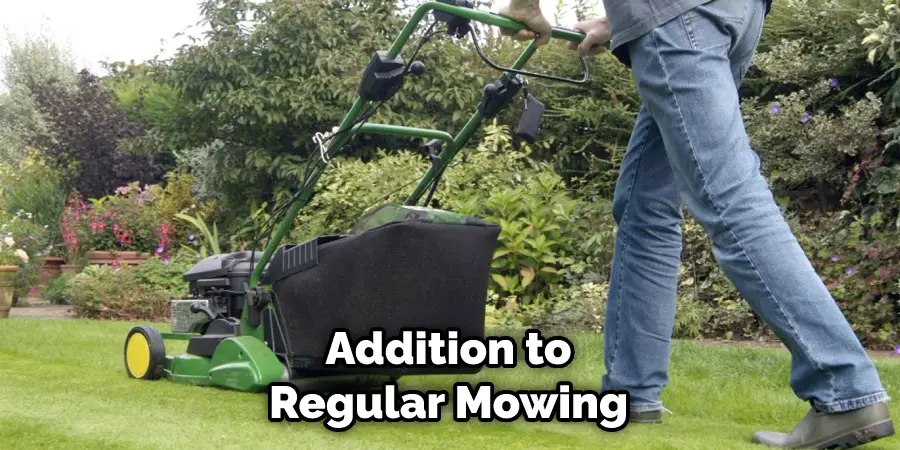
Lastly, be aware of any pests that may be present on your turf and use appropriate methods to control them if necessary. Following these tips will ensure that your new sod is properly taken care of and can thrive for years to come!
By following the steps outlined above, you can ensure that your new sod is properly maintained and healthy. With proper care, mowing, and other lawn upkeep, your new turf will remain lush and beautiful for many years.
Conclusion
With so many options for how to mow new sod, it is important to consider the type of grass you have, what shape season your lawn is in, your local climate and weather conditions, and the overall look you’re aiming for when caring for your lawn. As with any gardening task, having a plan ahead of time can make things easier and more organized.
Taking the time upfront to research the best practices will save you effort later on. It can be painstaking work, but caring for new sod correctly right from the start will reap plenty of rewards in the long run.
Your lawn will become lush and green—guaranteed! Enjoy your beautiful outdoor space knowing you took care of your grass with the utmost attention and care.
About
Outdoor Fixes is a distinguished figure in the world of Diy design, with a decade of expertise creating innovative and sustainable Diy solutions.
His professional focus lies in merging traditional craftsmanship with modern manufacturing techniques,
fostering designs that are both practical and environmentally conscious. As the author of diy,
outdoorfixes delves into the art and science of outdoorfixes-making, inspiring artisans and industry professionals alike.
Education RMIT University
(Melbourne, Australia) Associate Degree in Design (Outdoor Fixes) Focus on sustainable design, industry-driven projects,
and practical craftsmanship. Gained hands-on experience with traditional and digital manufacturing tools, such as CAD and CNC software.
Nottingham Trent University
(United Kingdom) Bachelor’s in outdoorfixes.com and Product Design (Honors) Specialized in product design with a focus on blending creativity with production
techniques. Participated in industry projects, working with companies like John Lewis and Vitsoe to gain real-world insights.
Publications and Impact
In diy, Outdoor Fixes his insights on indoor design processes, materials, and strategies for efficient production.
His writing bridges the gap between artisan knowledge and modern industry needs, making it a must-read for both budding designers and seasoned professionals.

